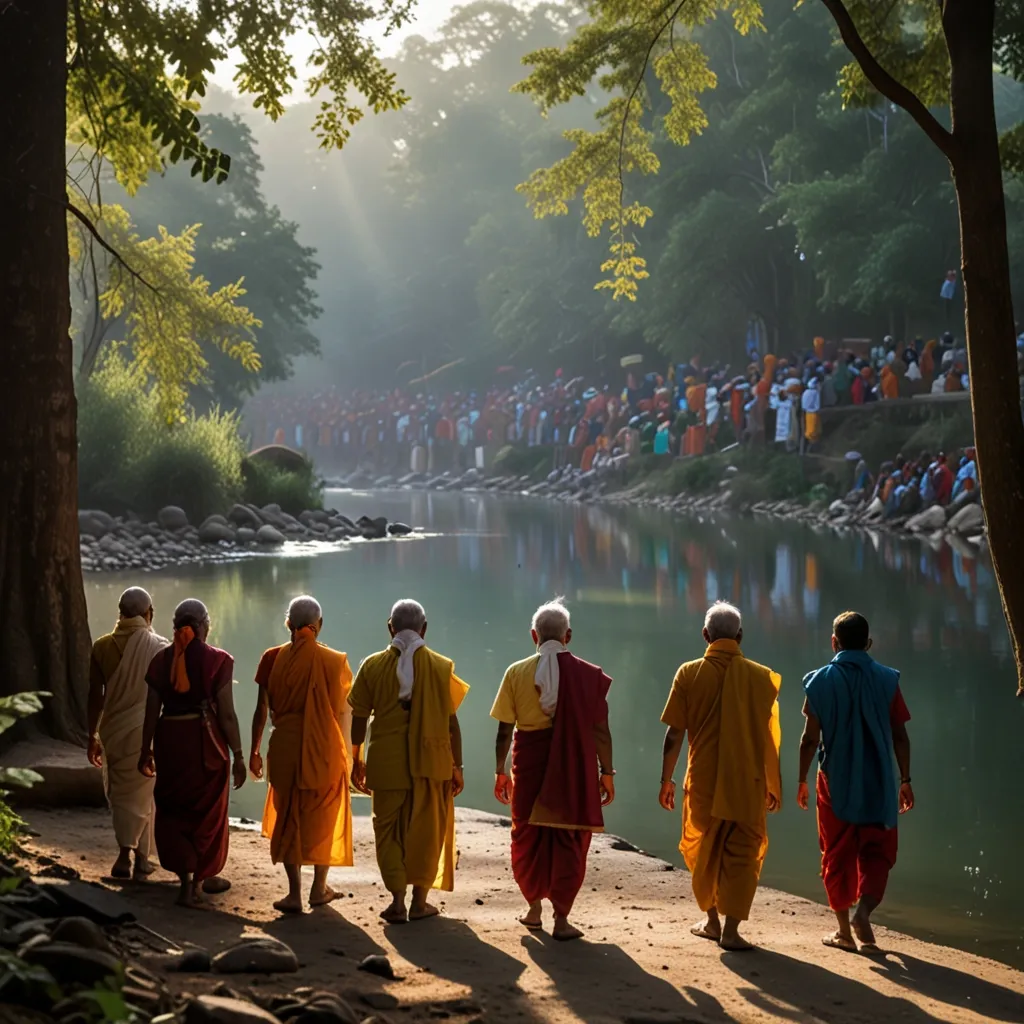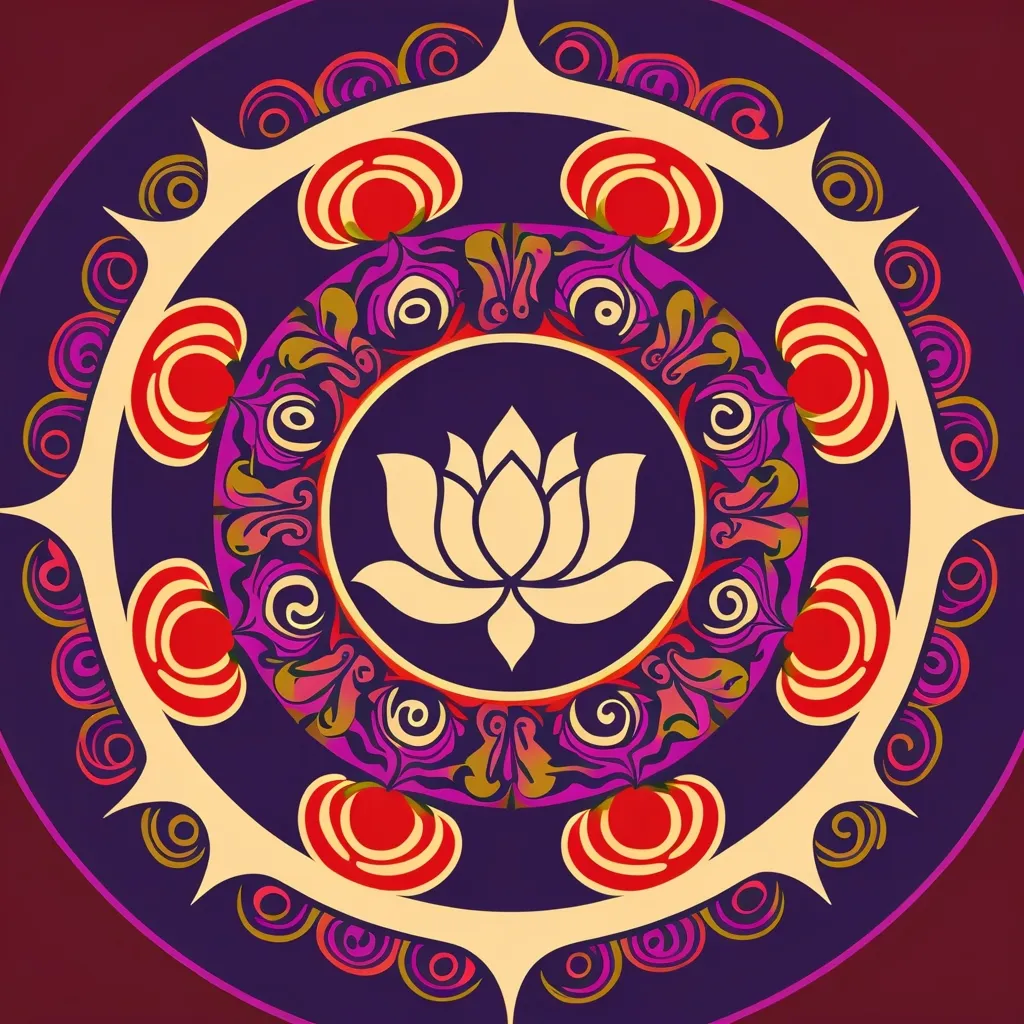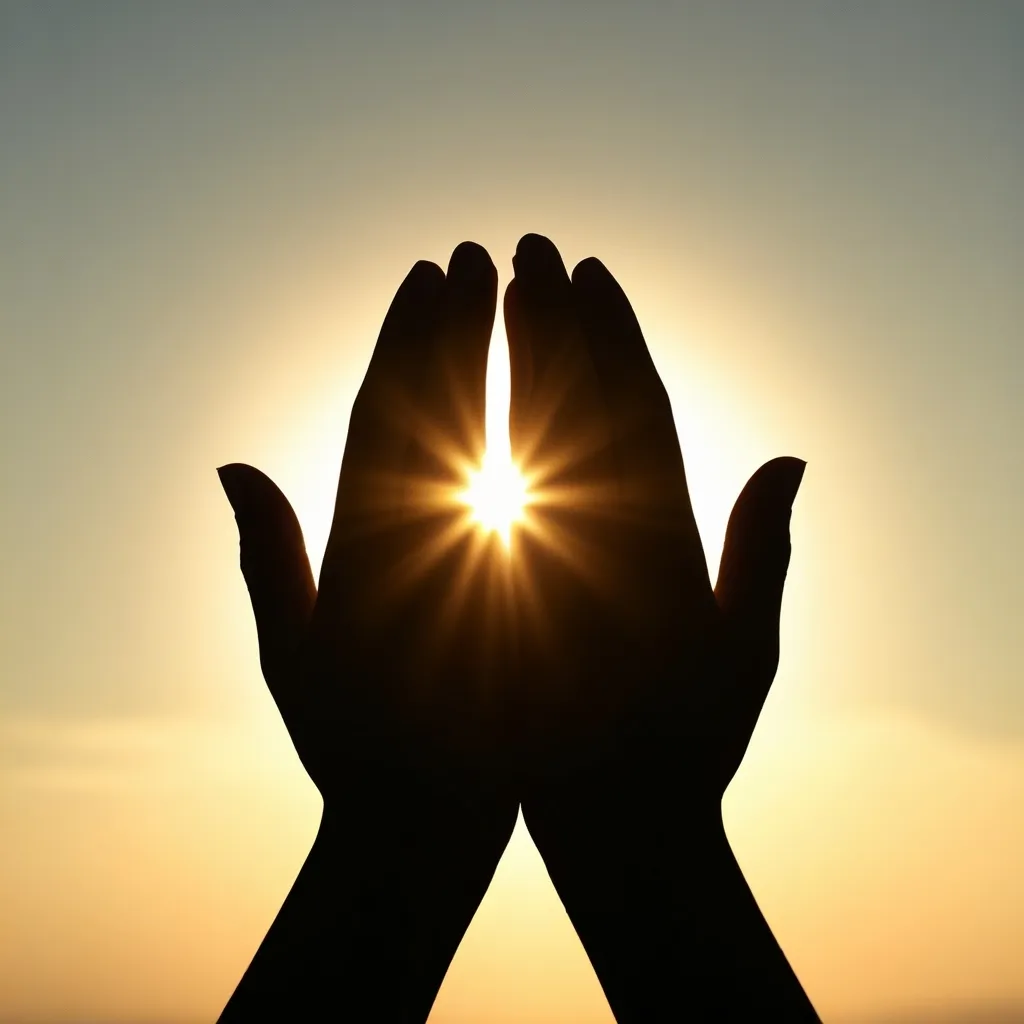Hindu pilgrimages are truly more than just trips to holy places—they are life-changing experiences that deeply affect personal growth. For centuries, millions of Hindus have set out on these spiritual journeys, looking for enlightenment, healing, and a deeper connection with the divine. This tradition is deeply rooted in ancient scriptures and has evolved, shaped by various cultural and religious influences.
One of the most important beliefs in Hindu pilgrimage is that all life is sacred. This idea highlights the respect for nature and the connection between all living beings. Sacred geography plays a big role here. Hill sanctuaries, forest retreats, and rivers that are seen as heavenly all hold profound spiritual significance. These natural wonders aren’t just pretty sights; they are infused with deep spiritual meaning.
Pilgrimage spots are usually in places of great natural beauty, believed to please both gods and humans. These locations are often called “tirthas,” or river crossings, symbolizing transition and spiritual growth. The journey itself is just as crucial as the destination. Travelling these distances symbolizes leaving the everyday behind and stepping into the sacred.
The Kumbh Mela, one of the largest religious gatherings globally, is a prime example of Hindu pilgrimage. Periodically held, this festival draws millions who bathe in sacred rivers, ignoring differences in caste and gender. This communal experience creates a powerful sense of unity, as people from all walks of life come together in their quest for spiritual enlightenment.
Pilgrimages also promote cultural integrity and religious plurality. India’s theological landscape is rich and diverse. The personal experience of the divine reflects the vibrant mosaic of Hindu beliefs celebrated through worshipping multiple deities, each with unique stories and attributes.
Another key concept in Hindu pilgrimage is “darshan,” the act of seeing and being seen by the divine. Pilgrims seek to feel the presence of God through various forms and images, which serve as windows to the divine. This practice highlights that the divine is both ultimate and personal, transcendent yet close. Darshan encourages pilgrims to look beyond physical forms and embrace the spiritual essence of the deity.
Hindu pilgrimage sites are not just for worship; they are also centers of healing and transformation. Many visit these places seeking blessings for health, wealth, or progeny. Texts advise performing rites for ancestors and recently deceased kin, emphasizing the importance of honoring the past while seeking future blessings.
The environmental impact of Hindu pilgrimage is significant, too. Many of these sites are in beautiful natural areas that are often protected due to their religious importance. Environmentalists tap into the mythology of these sacred landscapes to promote sustainable practices. This blend of spirituality and environmentalism showcases Hinduism’s holistic approach to personal growth and well-being.
In short, Hindu pilgrimages are profound journeys offering more than just religious experiences. They are pathways to personal growth, healing, and spiritual enlightenment. Rooted in ancient traditions and influenced by diverse cultures, these sacred voyages inspire millions around the world. Whether seeking the divine, honoring the ancestors, or enjoying nature’s beauty, Hindu pilgrimages play a powerful role in shaping lives and fostering a sense of community.






